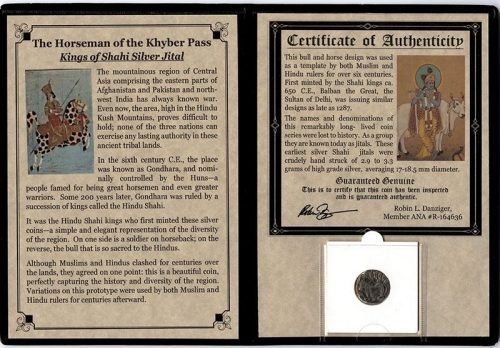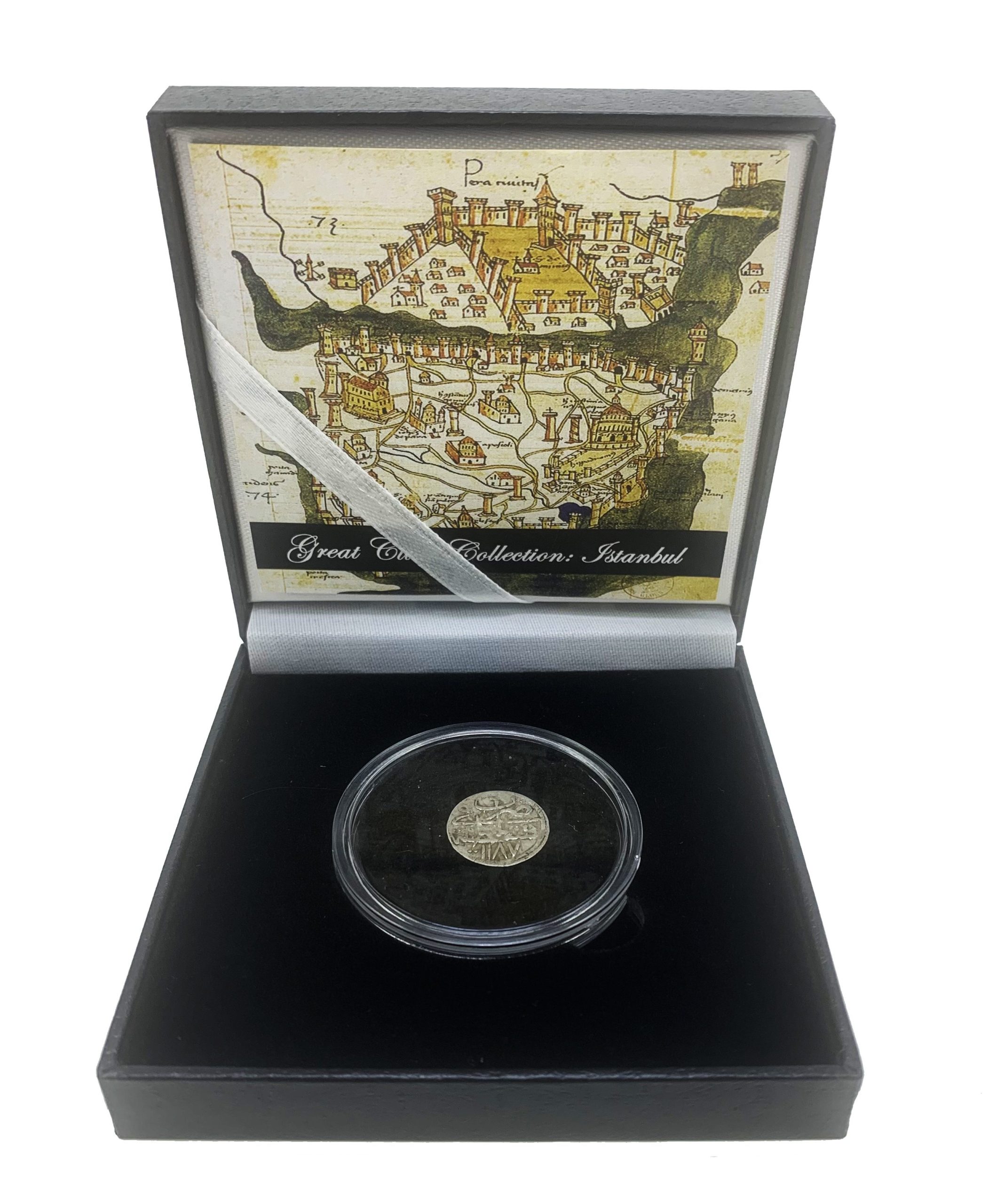Description
Cities have existed for all of recorded history. Built around granaries, mills, reservoirs, and temples, the first cities served as capitals, where local rulers resided. In ancient and medieval times, cities were girded by stone walls, to defend against potential invaders. Some, like Constantinople, developed a reputation for impenetrability. To sack a city, then, was to dethrone a king, to subjugate a people, to topple an empire.-
-Among the most famous fallen cities are:-
-Jerusalem, AD 70
-Tensions between Rome and its Holy Land province reached a fever pitch in the year 66, when Jewish rebels, tired of living under imperial rule, rose up. The Jewish revolt effectively ended when the Romans under the command of Titus destroyed the Temple and much of Jerusalem in AD 70, although the fighting continued for three more years, ending with the mass suicide at Masada.-
-Rome, AD 410
-The long decline of the mighty Roman Empire four centuries after its establishment by Caesar Augustus was punctuated by the fall of the once-great city on August 24, AD 410. Visigoths coerced some unknown agent to open the gates, leading to a three-day orgy of pillage and plunder that left the city a ruin. In the words of St. Jerome: ”Rome, once the capital of the world, is now the grave of the Roman people.“-
-Constantinople, 1204
-New Rome, the capital founded by Constantine the Great, was long thought to be impregnable, owing to its location on the Bosporus. Many times over the centuries armies tried, and failed, to breach its storied defenses. This changed during the Fourth Crusade, when Christian troops organized by the doge of Venice gained access to the city and laid waste to it. –
-Baghdad, 1258
-The seat of the Abbasid Caliphate, Baghdad was founded by the caliph al-Mansur in AD 762, just north of the ancient city of Babylon. On January 29, 1258, the Mongols under the command of Hulagu Khan, the grandson of Genghis Khan, laid siege to Baghdad. After two weeks of siege, the city fell on February 13, and a full week of plunder and pillage followed.-
-Magdeburg, 1631
-Then one of the largest cities in Germany, Magdeburg was a casualty of one of the worst atrocities of the Thirty Years War. The Protestant city was sacked by the forces of the Holy Roman Emperor Ferdinand II and the Catholic League after months of siege. Soldiers were due back pay for their services and looted, ransacked, and burned the city and slaughtered its inhabitants. ”I believe that over 20,000 souls were lost,“ the triumphant general wrote. ”No more terrible work and divine punishment has been seen since the destruction of Jerusalem. All of our soldiers became rich. God is with us.“-
-Nanking, 1937
-On December 13, 1937, Imperial Japanese forces captured Nanking, then the capital of the Republic of China. For the next seven weeks, Japanese soldiers slaughtered tens of thousands of Chinese inhabitants and perpetuated widespread rapine and plunder. The ”Rape of Nanking“ horrified even observers from Nazi Germany and was, at the time, the 20th century’s worst atrocity.—-Certificate of Authenticity-This collection contains coins that circulated in the six fallen cities at the time of their sacking.–Jerusalem: Judaea, bronze prutah, AD 66-70-Obv: Crude amphora. Rev: Vine leaf.-D: 15-18 mm | W: 1.5-3.0 g- -Rome: Roman bronze, ad 393-423-Obv: Portrait of Emperor Honorius. Rev: Various.-D: 13-18 mm | W: 0.9-2.5 g–Constantinople: Byzantine trachy, 13th century-Obv: Christ seated on throne wearing nimbus. Rev: Emperor and Virgin facing.-D: 20.5-29.5 mm | W: 2.2-4.3 g–Baghdad: Il-Khanid silver dirham, 13th century-Obv: Rev: Arabic script with mint and titles. Rev: Arabic script with dates.-D: | W: –Magdeburg: Austria silver 3 kreuzer, 1619-1637-Obv: Bust of Ferdinand II. Rev: Crowned eagle or shields.-D: 20.5-23 mm | W: ~ 1.6g–Nanking: Republic of China, nickel chiao, KM-349, 1936-39-Obv: Portrait of Chiang Kai-Shek. Rev: Rendering of ancient ”pants money.“-D: 21 mm | W:

















